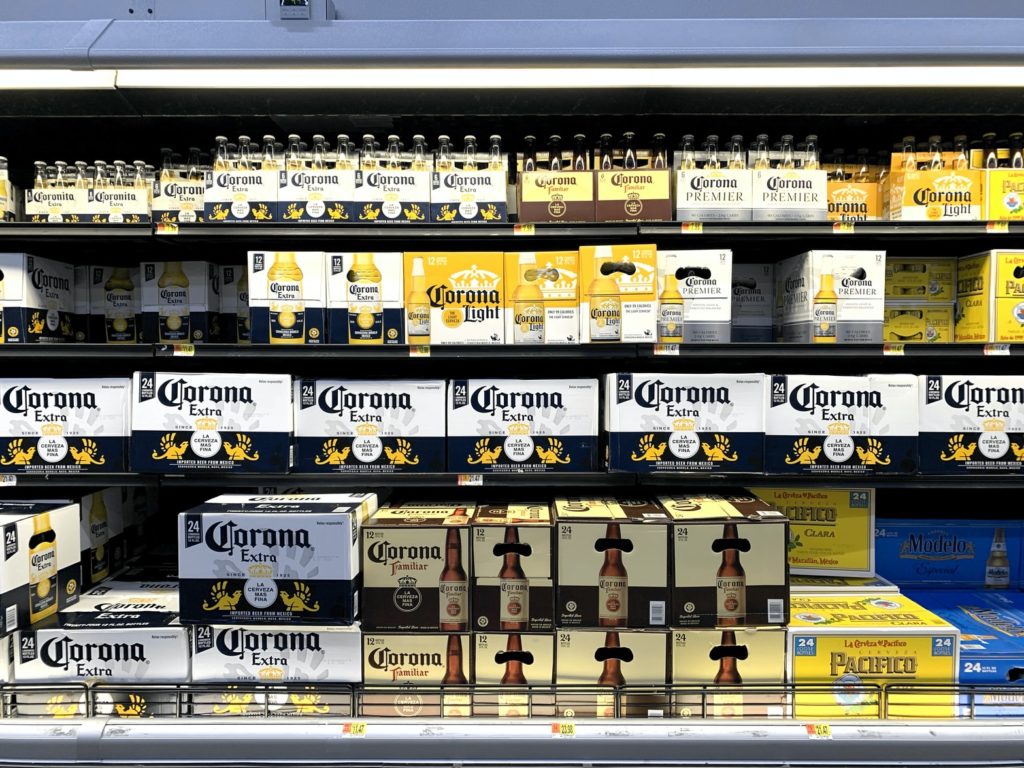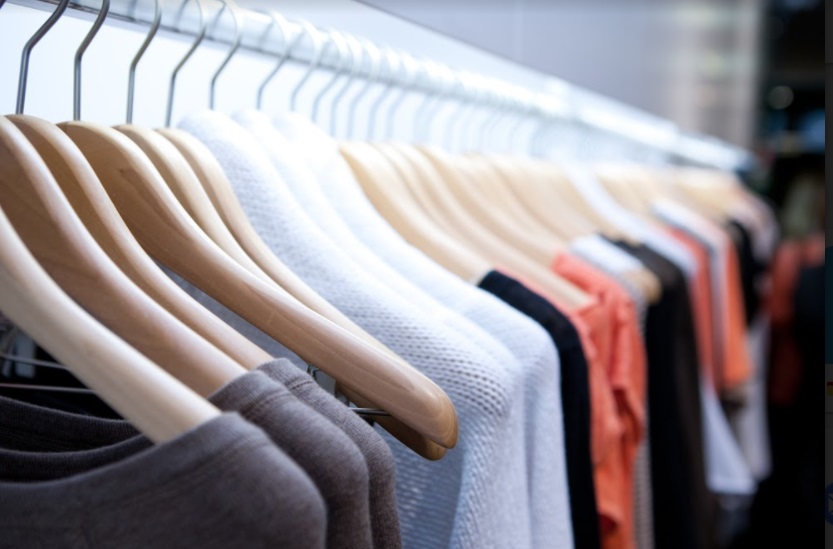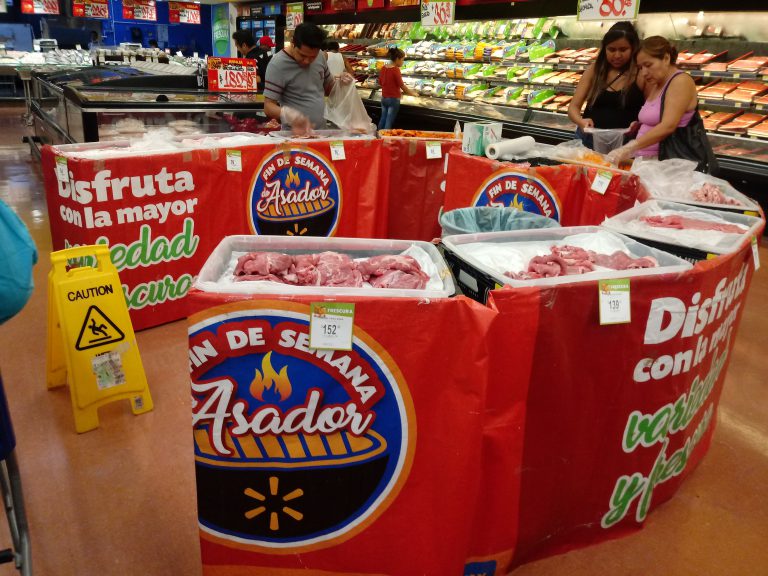
With the e-commerce boom, CPG and retail brands have realized that the traditional methods of retail shelf monitoring or sales promotions are not enough to sustain profits in the cut throat CPG industry. Many retailers are already implementing AI and image recognition to deliver the next level of customer experience.
According to Gartner, by 2020, 85% of customer interactions in the retail industry will be managed by AI. In this blog, we discuss how image recognition can be implemented by retail & CPG brands to improve their shelf monitoring techniques.
1. Auditing Product Placement
According to a study by Harvard Business Review, about 95% of new product launches fail, and that is because of lack of effective retail audit mechanism developed by CPG Brands. Customers make the most important buying decisions between aisles and companies have to use technology to stay ahead of fierce competition lest, they face extinction. Gathering key consumer information helps companies understand their needs better. Shelf monitoring using image recognition can help digitize store checks and gather key consumer information.

2. Observing Trends in Product Placement
How your products perform depends a lot on how they are placed on the shelf. Image recognition analyzes photos of shelves to quickly give insights into consumer behavior, preferences, and placements of products on display. With this data, management is quickly able to understand the movement of the products, their consumption pattern, or how well product placement works towards getting maximum ROI.
With this data, they can also determine their market share and accordingly claim their share of shelf when deciding terms of trade with their retail partners.
3. Compliance and Competition Assessment
Most companies depend on sales reps to audit the company product placements, brand presence, and compliance. Doing this manually can be a tedious process. Image recognition helps track compliance with the merchandising standards for each outlet.
It also helps track the competitor brands, their product placements and brand presence. This helps develop an idea about the possible strategies that our competitors employ. If a certain product does not perform well when placed beside a competitor’s product, a new placement strategy can be devised for it.

In a nutshell, image recognition technology can effectively help retailers and manufacturers understand their marketplace and react in real-time. Aspects such as compliance or product placement and performance compared to its competitor can be projected in a better manner with the aid of artificial intelligence. AI lessens the chance of human error. As a result, the whole process becomes much faster to carry out in comparison to manual methods.
Monitoring Retail Shelf With Image Recognition

ShelfWatch helps consumer brands to standardize store checks and get consistent results from all the sales channels. This allows them to make business decisions based on shelf data confidently.
1. Auditing the placement of Product
Customers make important buying decisions at store shelves. CPG and retail brands invest in tools and studies to create planograms that are a part of their perfect store programme. Auditing shelf management using Image Recognition digitizes store checks and plays an essential role in understanding the shelf conditions and how they affect the sales of their core SKUs.
Image Recognition solution detects SKUs within images of shelves and classifies them at manufacturer, brand or SKU level. Depending upon the accuracy and speed of the solution, the auditor can get real-time feedback on their handheld device. This helps them take corrective actions while they are still in store.
2. Detecting Inventory Distortion.
Retailers miss out on nearly $1 trillion in sales courtesy inventory distortion : because they don’t have on hand what customers want to buy in their stores. The message is simple – Stock-outs cause walkouts.
With the COVID-19 pandemic in tow, massive out-of-stock situations prompted users to engage in e-commerce. This resulted in drop in sales for retailers. This situation called for intervention by technology like Image Recognition.
Retailers can leverage Image Recognition using fixed cameras in their store to alert the store staff whenever a shelf is found to be empty. The store staff can get an instant alert on their phone along with the accurate description of the SKU missing from the shelf and the location of the shelf.
3. Competition Assessment
Identifying competitors and tracking their in-store activity can help a CPG brand to grow in its category by identifying potential opportunities. A large tobacco company was able to track the new launches of its competitors and their promotional programs using Image Recognition provided by ShelfWatch. They were able to cross-reference new launches and in-store promotions of their competitors with the retail sales data to identify new areas of growth.
The battle to win at retail, begins at the shelf! According to a report by Nielsen, A planogram will generate a “SMART” shelf only if it has the right balance of art and science. A SMART shelf is – Shopper friendly, Maximizes sales and profits, Avoids out-of stocks, Reduces operational inefficiencies and Triggers experimentation. Thus, a SMART shelf will help shoppers, manufacturers and retailers. To implement this, a right team is required.
ParallelDots image recognition solution, ShelfWatch, eliminates all the bottlenecks in the traditional retail audit process that are currently eating into the time of the sales rep or merchandisers during their store visit. Using Image recognition, ShelfWatch empowers reps to collect photos with a click of a button and generate actionable, real-time store insights. It is reliable, free of human biases, and fast. The algorithm controls the data quality at the collection level to bring out the standard and objective analysis.
Want to see how your own brand is performing on the shelves? Click here to schedule a free demo.
- Author
- Recent Posts
(see all)
- ShelfWatch – A Smart Image Recognition based Retail Execution Software - November 10, 2021
- How Photo Recognition helps in Retail Shelf Monitoring - October 23, 2021
- Announcing our ISO 27001:2013 Certification - August 14, 2021



